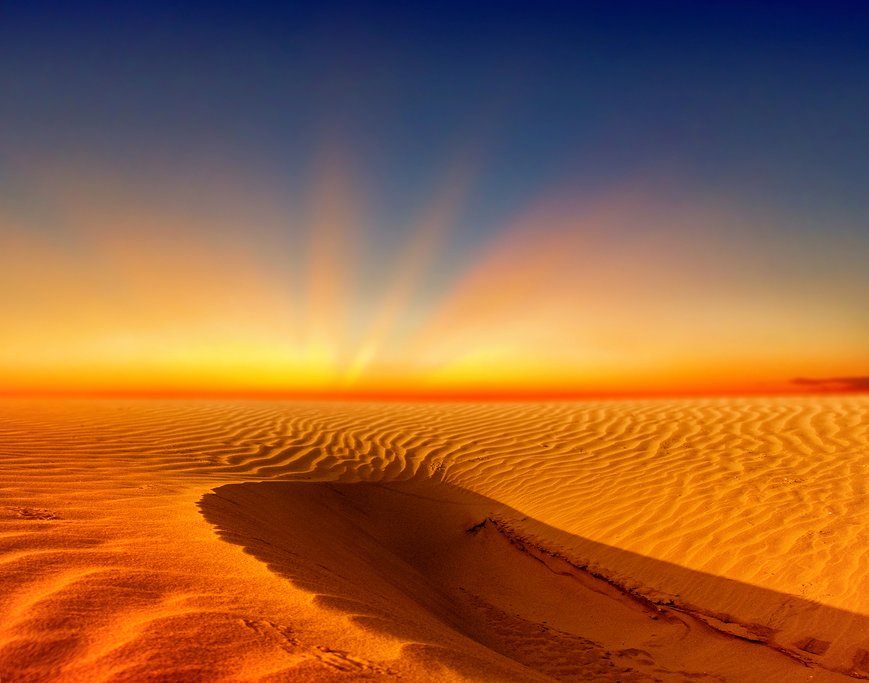Weather
The Sahara Desert extends across ten countries, occupying nearly a third of the continent of Africa. The desert air is considered the driest in the world, but weather and rainfall vary throughout the different regions of the Sahara. In the northwest region of the desert, in Morocco, January is the middle of winter, and temperatures turn bitterly cold in the nearby High Atlas mountains.
Enjoy the view of snow-capped peaks from a distance: in the desert, the weather is comfortable. Technically, it's the coldest month of the year in Morocco, but you won't need heavier clothing until after dark, when the temperatures fall into the high 30s or lower 40s. During the day, temperatures hover in the low 60s: ideal weather for outdoor excursions.
For more, see Morocco in January.
Crowds & Costs
Early January is a popular time for tourism in the desert: lots of travelers plan trips over the Christmas and New Year holidays, so prices for tours and accommodations are higher than usual. In the second half of the month, prices go back to normal and it's easier to make plans without months of advance notice. Still, the Moroccan Sahara is not a place to visit casually or spontaneously: to have the best experience in this far-flung region, it's best to plan well ahead of time.
Chat with a local specialist who can help organize your trip.
What To Do
In comparison to summer months, when the heat can be dangerous in the Sahara, January is a great time for outdoor activities. This is the time to visit the Erg Chebbi dunes, go on a camel ride, and enjoy an organized tour of desert towns.
If you're prepared for cold and snow, you could also plan to spend a day skiing in the nearby Atlas mountains. At night, find a cozy place to try traditional Moroccan cuisine—anywhere near an open fire will do—but you'll want to focus your energy on activities during January's relatively short daylight hours, when the temperatures are pleasant for being outside.
Events in January
January 11 - Proclamation of Independence Morocco celebrates independence from French colonial power. It's a national holiday, and street parties and festivals take place in cities and towns across the country.
January 12-13 - Yennayer The Amazigh (Berber) New Year—the beginning of the crop year—is marked by traditional festivities, especially in the High Atlas mountain communities on the edge of the desert.
Visiting the Morrocan Sahara in January? Check out these itineraries.
Moroccan Highlights: Fes, the Sahara Desert, & Marrakech - 6 Days This whirlwind trip takes you to Morocco's top attractions, including Fes, the Sahara Desert, and Marrakech.
Marrakech & Grand Tour of the Sahara Desert - 6 Days Explore the peaks of the High Atlas mountains and the vast sandy landscapes of the Sahara on this outdoorsy tour.
Morocco's Imperial Cities & the Sahara Desert - 13 Days See Casablanca, Fes, Essaouira, the Erg Chebbi Dunes and more on this well-rounded trip plan.
More Helpful Information
Sahara Desert in December
Sahara Desert in February
How to Get to the Sahara Desert
4 Must-Visit Regions in Morocco's Desert
Getting Around Morocco
